We all know bonsai, but who knew there were bonsai forests too?
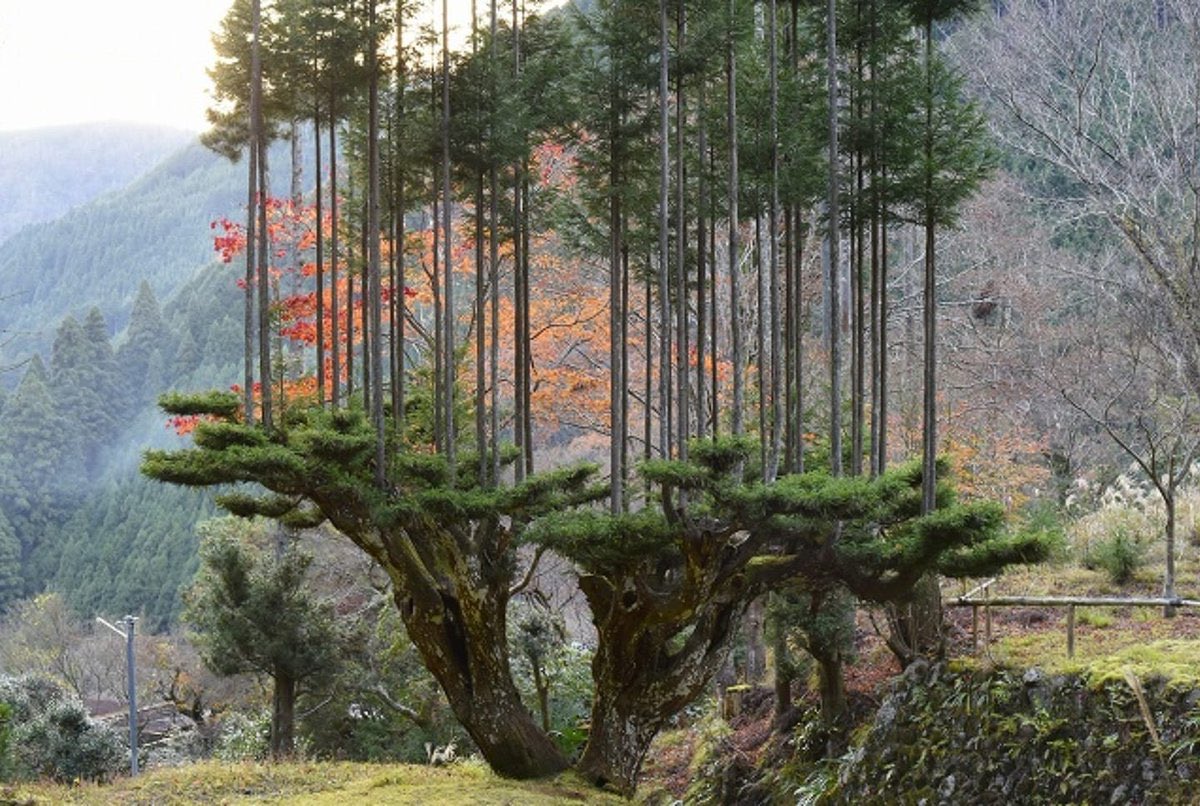
Image credits: wrathofgnon
Upon leaving Kyoto, you can see vast cedar forests planted along the hillsides. The Kitayama cedar is highly prized for being exceptionally straight and knots-fee and has been in high demand since the 15th century. With such a demand and a general lack of growing space, foresters came up with an ingenious way to grow more wood using less land. The process involves the heavy pruning of a mother cedar tree, with tall, thin saplings encouraged to shoot upwards. Like a bonsai, but on a large scale.
The ancient technique originated in the 14th century and is called daisugi. It enables foresters to harvest wood much more quicky, and without having to cut down trees. The sustainable forestry technique involves specially planted cedar trees that are pruned heavily (like a giant bonsai) to produce “shoots” that become perfectly uniform, straight and completely knot free.
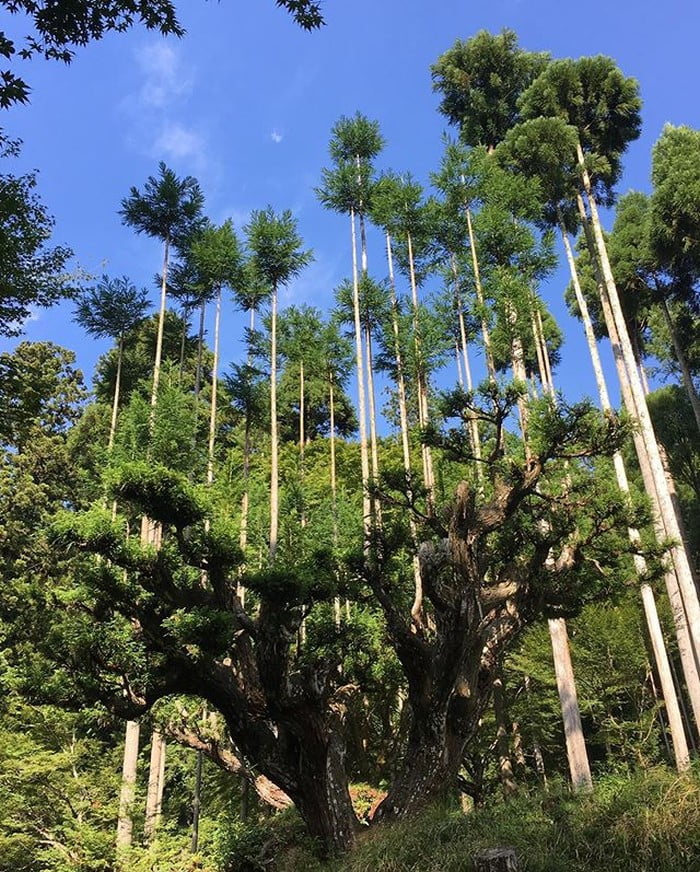
Image credits: wrathofgnon
The shoots are carefully pruned by hand every two years leaving only the top boughs, allowing them to grow straight. The result is slender cedar that is both dense and flexible, which makes it the perfect choice for traditional wooden roofs and beams.
Daisugi cedar can be harvested every 20 years and since the base tree lasts hundreds of years, there’s a lot of wood to be harvested from just one tree. An old “tree stock” can grow up to a hundred shoots at a time.
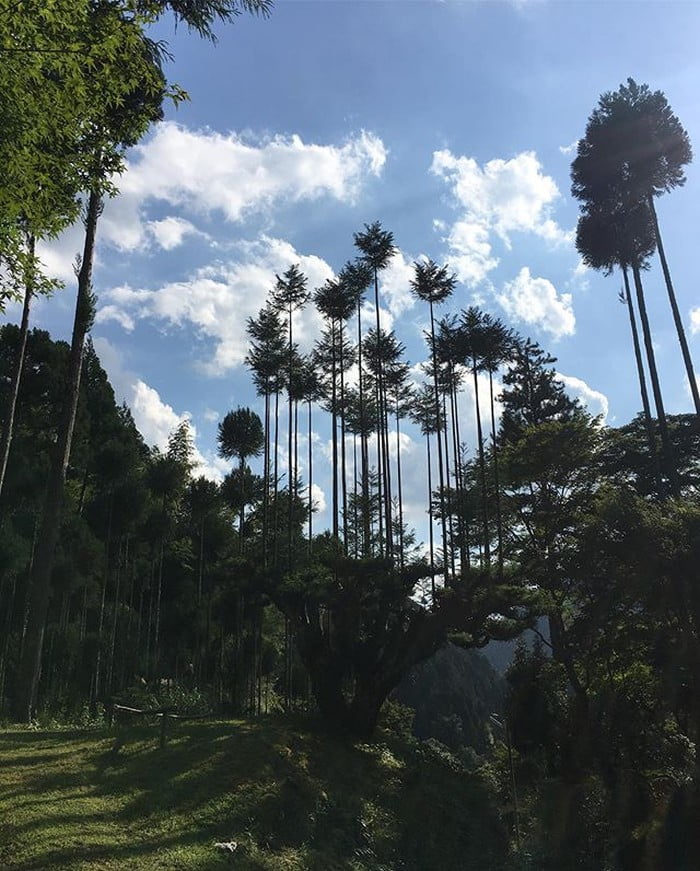
Image credits: wrathofgnon
In the 14th century a form of very straight and stylized sukiya-zukuri architecture was highly fashionable in Japan, but there simply weren’t enough raw materials around to build these homes for every noble or samurai who wanted one. Hence this clever solution of applying bonsai techniques on trees.
The lumber produced with the daisugi method is 140% more flexible than standard cedar and 200% as dense/strong, so it was just perfect for rafters and roof timber where aesthetics called for slender yet typhoon resistant perfectly straight lumber.
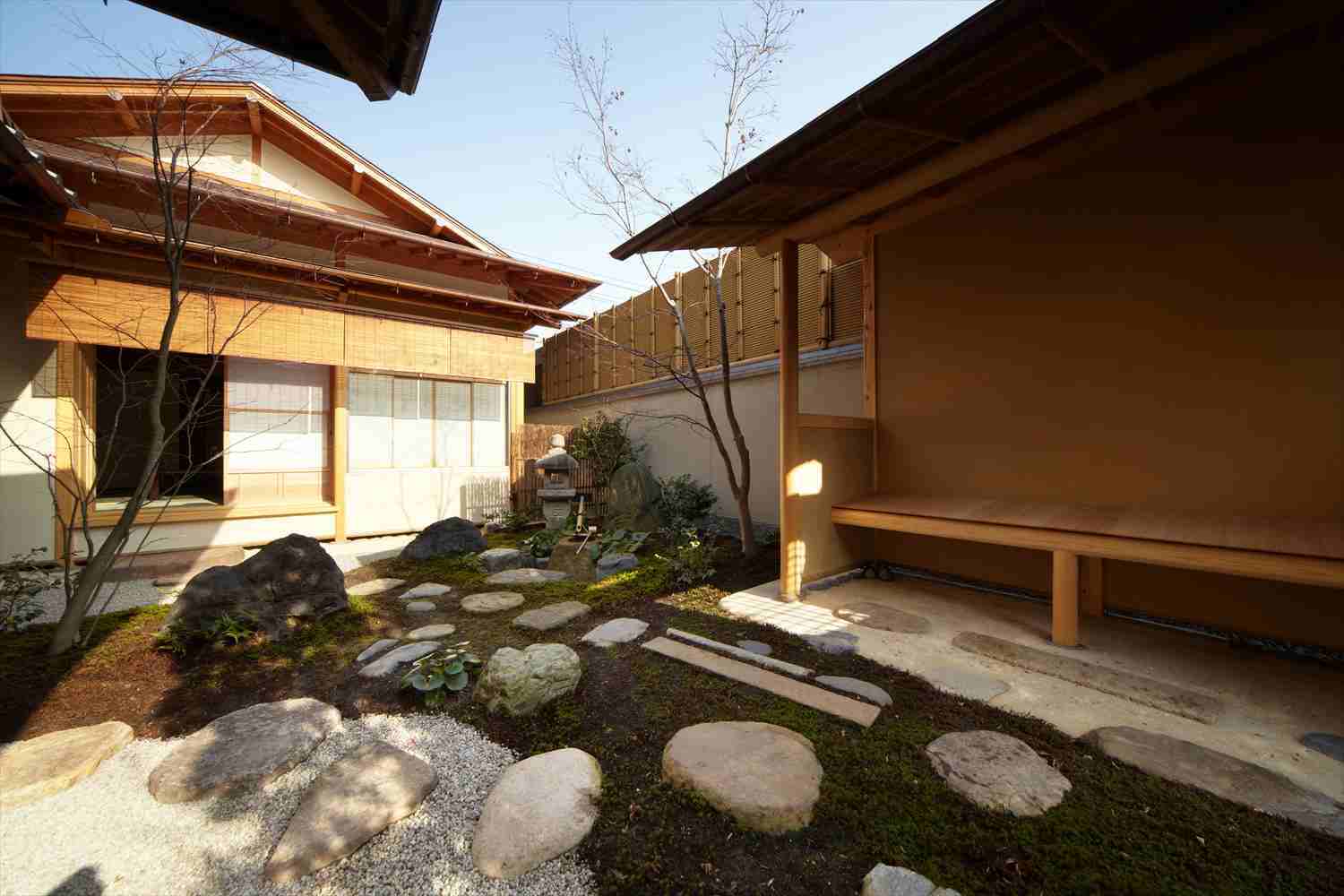
Image credits: wrathofgnon
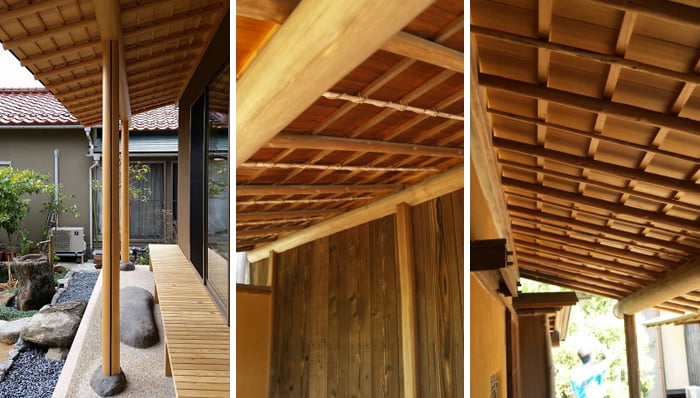
Image credits: wrathofgnon
The smooth, aesthetically pleasing pieces of wood were also used as the main pillars in an alcove called the tokonoma. First appearing in the 15th century during the Muromachi period, these alcoves were used to display artistic items like ikebana or scrolls. They also feature prominently in Kyoto’s tea houses and legend says that it was Kyoto’s preeminent tea master, Sen-no-rikyu, who demanded perfection of the Kitayama cedar during the 16th century.
Although with the development of modern Japanese architecture, the use of Kitayama cedar in these traditional alcoves is declining, this highly prized wood is still used for everything from chopsticks to furniture.
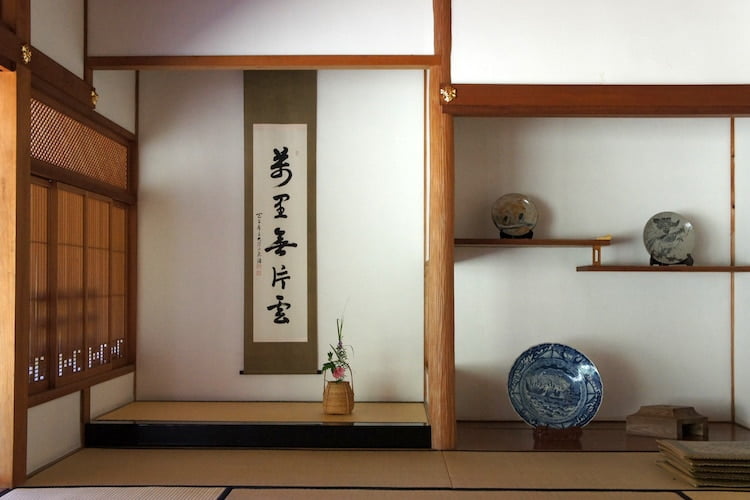
Image credits: 663highland (CC BY-SA)
The daisugi has a unique look to it, so even when demand for lumber fell in the 16th century, demand for them in ornamental gardens kept forest wardens busy.
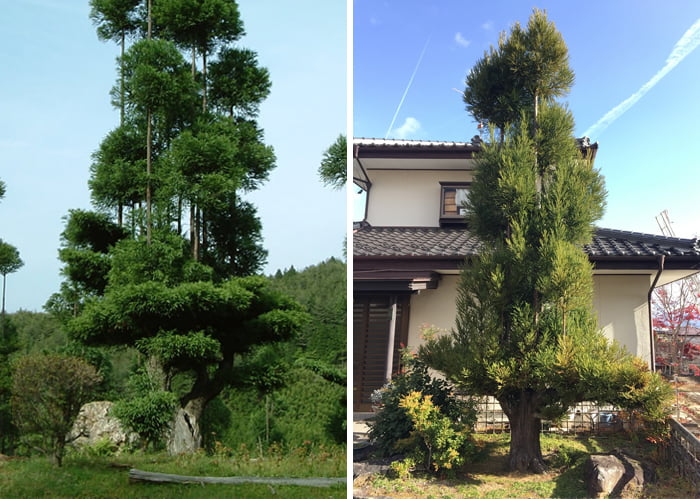
Image credits: wrathofgnon
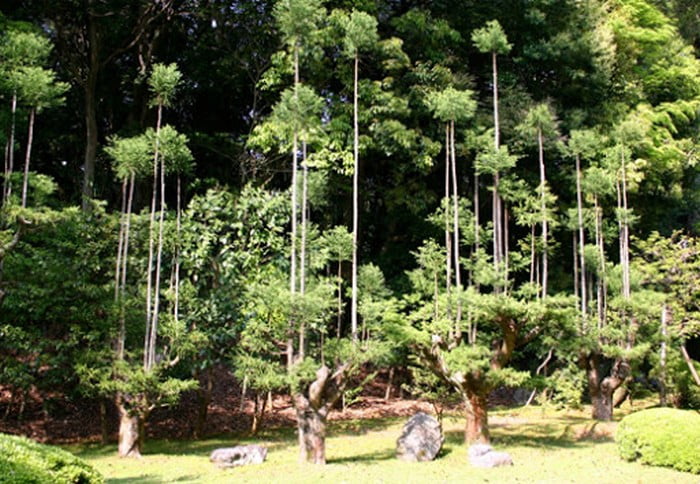
Image credits: wrathofgnon
Here and there in the forests around Kyoto you can find abandoned giant daisugi (they ‘only’ produce lumber for 200-300 years before being worn out), still alive, some with trunk diameters of over 15 meters.
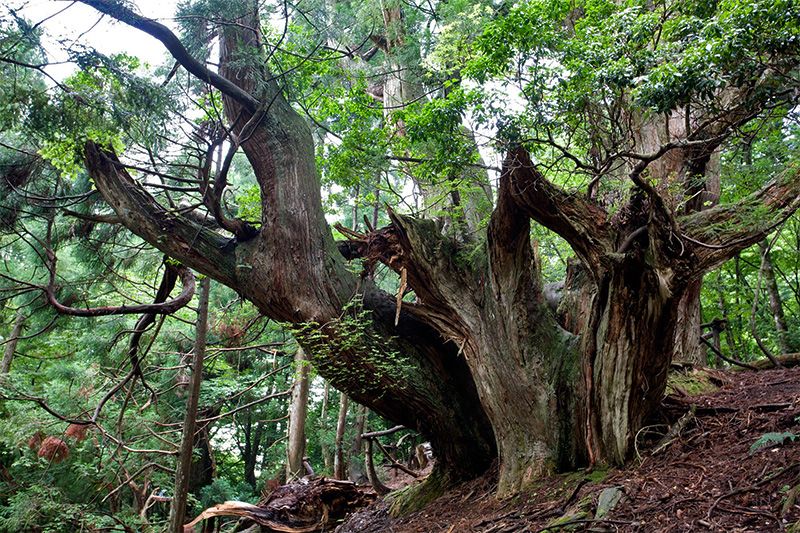
Image credits: wrathofgnon
Keeping Japanese forests sustainable for centuries. What an awesome tree and invention.

